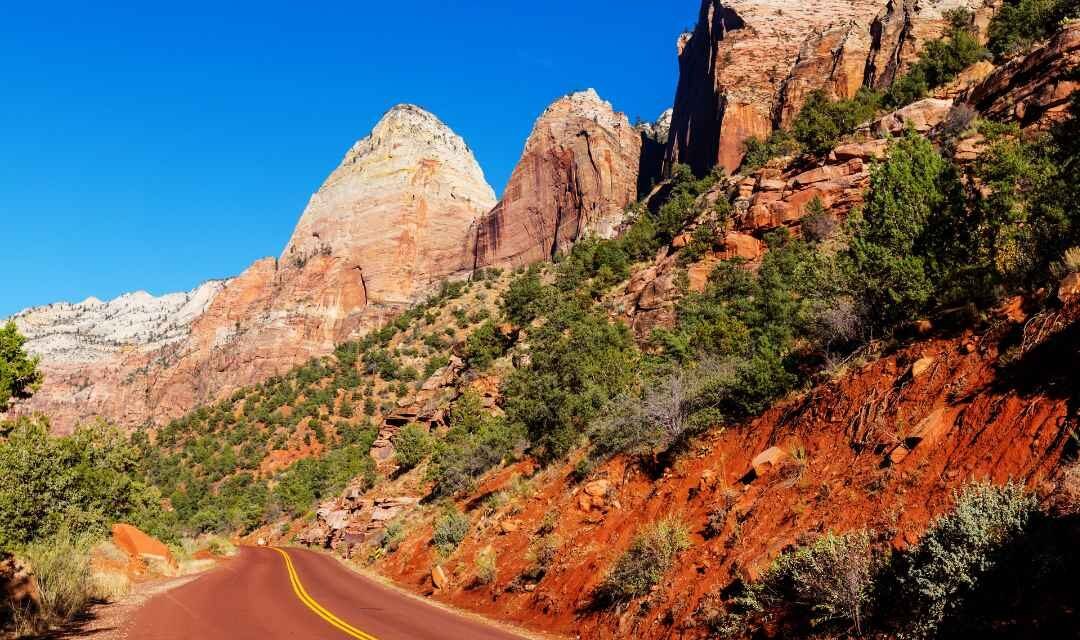Zion National Park, located in southwestern Utah, is renowned for its stunning landscapes, towering cliffs, and diverse ecosystems. The weather in the park varies significantly throughout the year, with each season offering unique opportunities for exploration and adventure. This guide will provide an overview of the weather conditions in each season, as well as the activities, wildlife, and other relevant information that visitors can expect during their visit.
Spring Weather in Zion National Park
Temperature and Precipitation
Spring in Zion National Park is a time of transition, as temperatures gradually rise and the snow begins to melt. Daytime highs in March range from 50 to 70°F (10 to 21°C), while April and May see temperatures reaching into the 70s and 80s°F (21 to 27°C). Overnight lows during spring can still be chilly, with temperatures dropping to the 30s and 40s°F (-1 to 9°C). Rainfall is moderate in the spring, with April being the wettest month, averaging around 1.5 inches (38mm) of precipitation.
Activities and Attractions
As the snow melts and temperatures rise, spring is an ideal time to explore Zion’s diverse trails and take in the park’s stunning wildflower displays. Popular hikes during this season include the Emerald Pools, Riverside Walk, and the challenging Angel’s Landing. Spring is also an excellent time for rock climbing, as the mild temperatures and generally dry conditions provide ideal climbing conditions.
Camping and Wildlife
With the arrival of spring, both South and Watchman Campgrounds open for the season, offering visitors the opportunity to immerse themselves in the park’s natural beauty. Wildlife is abundant in the spring, with animals like mule deer, bighorn sheep, and wild turkeys becoming more active. Birdwatchers will also enjoy the return of migratory bird species, such as hummingbirds and swallows.
Seasonal Closures and Considerations
While most trails and facilities are open during the spring, some higher elevation trails may still be impacted by snow and ice, especially in the early months of the season. It’s essential to check trail conditions and closures before venturing out, as well as being prepared for potential flash floods in slot canyons.
Summer Weather in Zion National Park
Temperature and Precipitation
Summers in Zion National Park are hot and dry, with daytime temperatures often exceeding 100°F (38°C) in July and August. Overnight lows provide some relief, typically ranging from the 60s to 70s°F (16 to 24°C). The summer months also bring the monsoon season, with afternoon thunderstorms becoming more common, particularly from July to September. These storms can cause flash floods and sudden changes in weather conditions, so visitors should remain vigilant and monitor weather forecasts.
Activities and Attractions
Despite the heat, summer is a popular time to visit Zion National Park. Hiking and canyoneering are still popular activities, with the Narrows, Observation Point, and the Subway being among the most sought-after adventures. However, visitors should take precautions to avoid heat exhaustion by starting hikes early in the morning, staying hydrated, and seeking shade during the hottest parts of the day.
Camping and Wildlife
Both South and Watchman Campgrounds remain open during the summer months, though reservations are highly recommended due to the high demand. Lava Point Campground, located at a higher elevation, also opens during the summer, offering cooler temperatures and a more remote camping experience. Wildlife viewing opportunities continue throughout the summer, with lizards, snakes, and various bird species being particularly active during this time.
Seasonal Closures and Considerations
While most trails and facilities remain open during the summer, visitors should be aware of the increased risk of flash floods, especially in slot canyons and along the Virgin River. It’s crucial to stay informed about weather conditions and be prepared to change plans if necessary. The park may also implement temporary closures of certain trails due to extreme heat or other safety concerns.
Fall Weather in Zion National Park
Temperature and Precipitation
Fall brings cooler temperatures and vibrant colors to Zion National Park. September and October daytime highs range from the 70s to 80s°F (21 to 27°C), while November sees temperatures drop to the 50s and 60s°F (10 to 20°C). Overnight lows can be quite chilly, especially in November, with temperatures in the 30s and 40s°F (-1 to 9°C). Rainfall is generally low during the fall months, though occasional storms can occur.
Activities and Attractions
With cooler temperatures and fewer crowds, fall is an ideal time to explore Zion’s trails and take in the park’s stunning autumn foliage. Popular fall hikes include the East Rim Trail, the West Rim Trail, and the Canyon Overlook Trail. Additionally, rock climbing remains a popular activity during the fall months, with ideal conditions for tackling some of the park’s renowned climbing routes.
Camping and Wildlife
South and Watchman Campgrounds remain open throughout the fall season, though Lava Point Campground typically closes in mid-October due to colder temperatures and the potential for snow. Wildlife sightings are still common during the fall, with elk, deer, and bighorn sheep becoming more active as the temperatures cool.
Seasonal Closures and Considerations
While most trails and facilities remain open during the fall, visitors should be prepared for cooler temperatures and shorter daylight hours. It’s important to check trail conditions and closures before setting out, as early snowfall and icy conditions may impact higher elevation trails later in the season.
Winter Weather in Zion National Park
Temperature and Precipitation
Winter in Zion National Park is marked by colder temperatures and occasional snowfall. Daytime highs range from the 40s to 50s°F (4 to 10°C), while overnight lows can drop below freezing, with temperatures in the 20s and 30s°F (-6 to 1°C). Snowfall is variable, with higher elevations receiving more significant accumulations. The park can also experience icy conditions and occasional rain during the winter months.
Activities and Attractions
Despite the colder temperatures, winter offers a unique and serene experience in Zion National Park. Popular winter activities include hiking, photography, and wildlife watching. Some trails, such as the Watchman Trail and Lower Emerald Pools Trail, remain accessible during the winter months, providing stunning views of snow-capped cliffs and frozen waterfalls. However, visitors should be prepared for icy trail conditions and the potential for trail closures due to snow or ice.
Camping and Wildlife
During the winter season, only the South Campground remains open, offering a limited number of first-come, first-served campsites. Watchman Campground is typically closed during the winter months. Wildlife viewing opportunities persist throughout the winter, with animals like mule deer, bighorn sheep, and various bird species remaining active. Additionally, visitors may be lucky enough to spot elusive creatures like bobcats and mountain lions.
Seasonal Closures and Considerations
While Zion National Park remains open throughout the winter, some facilities, trails, and roads may be closed or have limited access due to snow and ice. The Kolob Canyons area and the Zion-Mount Carmel Highway may be temporarily closed during periods of heavy snowfall or icy conditions. It’s crucial to check the park’s website for the most up-to-date information on closures and trail conditions before visiting during the winter months.
Conclusion
Zion National Park offers a unique and awe-inspiring experience for visitors, no matter the season. Each season presents its own set of weather conditions, activities, and opportunities for exploration. By understanding the weather patterns and being prepared for seasonal changes, visitors can make the most of their time in this breathtaking national park.



